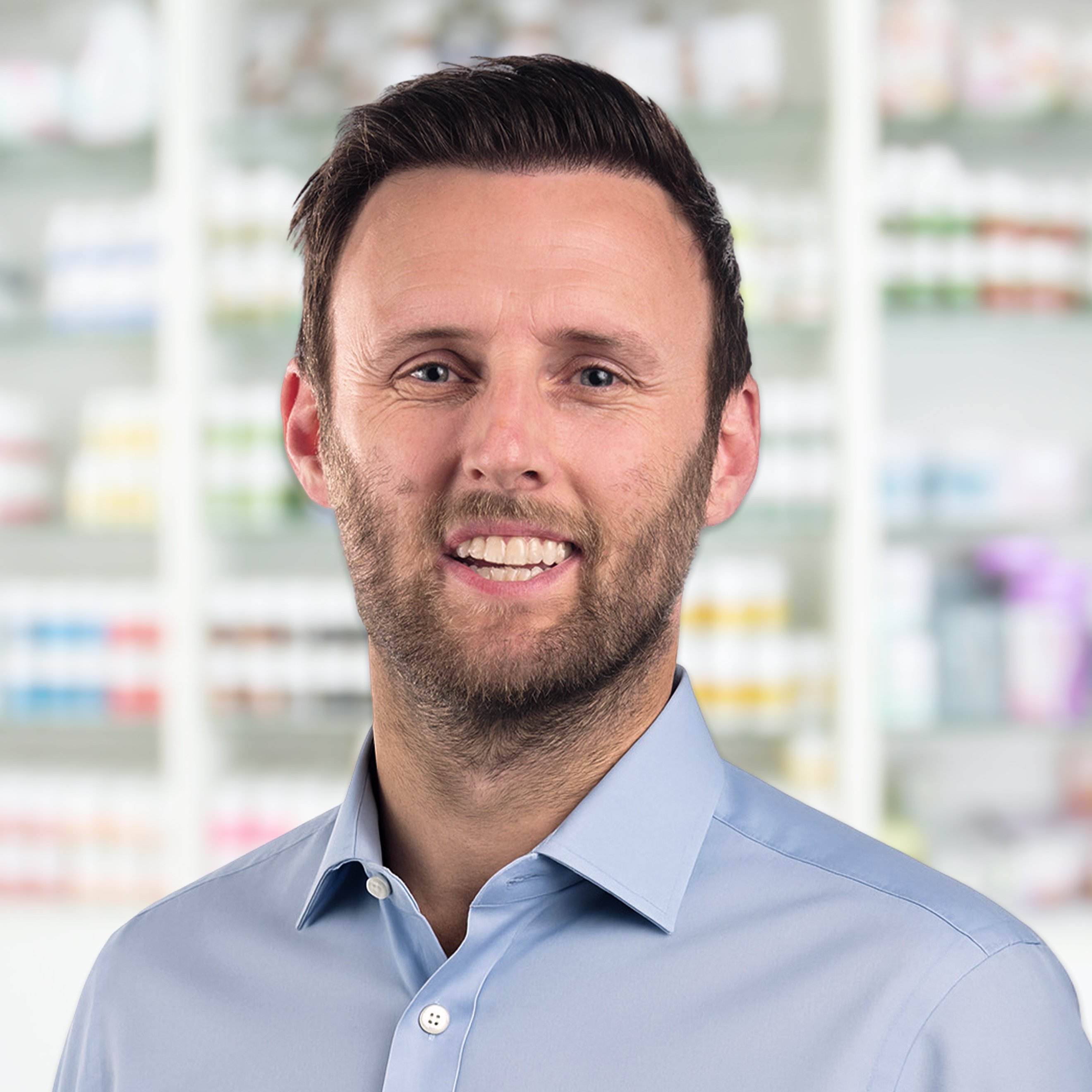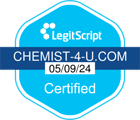Heatstroke - Causes, Symptoms & Treatment

Heatstroke is a very serious condition that occurs when your body becomes dangerously overheated and is unable to cool down. It isn’t to be confused with heat exhaustion, which usually happens before heatstroke strikes.
Typically, it happens when you’re exposed to high temperatures for an extended period of time, or doing intense physical activity in hot weather.
When your body overheats, its natural cooling mechanisms – such as sweating – may not be enough to bring your temperature down.
Heatstroke symptoms include a high body temperature above 40°C, hot and dry skin, a rapid heartbeat and breathing, headache and dizziness, nausea and vomiting, confusion and disorientation, and in severe cases, unconsciousness.
If you suspect someone has heatstroke, it's crucial to move them to a cool area, lower their body temperature using cool water or ice packs, hydrate them and seek immediate medical assistance.
Symptoms
Signs of heatstroke include:
- High body temperature above 40°C
- Hot and dry skin. The skin feels hot to the touch and lacks perspiration
- Rapid heartbeat and breathing
- Throbbing or intense headache
- Feeling faint or dizzy
- Nausea and vomiting
- Confusion or disorientation
- Difficulty speaking clearly or forming coherent sentences
- Muscle cramps or weakness
- Fatigue
- Seizures (in severe cases)
- Loss of consciousness (in severe cases)
Complications
If heatstroke isn’t treated quickly enough, it can result in complications like organ damage, particularly affecting the brain, heart, kidneys and liver.
The high body temperature caused by heatstroke can affect the central nervous system, resulting in confusion, seizures and loss of coordination.
Cardiovascular problems such as irregular heart rhythms and decreased blood pressure may occur, too.
Heatstroke can also result in kidney failure, muscle breakdown, respiratory problems, metabolic abnormalities and long-term complications like neurological deficits and memory problems.
Seeking immediate medical attention for heatstroke is essential to reduce the risk of experiencing any of these complications.
When to call 111/an emergency doctor
You should call 111/an emergency doctor if you or someone you know is showing symptoms of heat exhaustion (the stage before heatstroke) that you’re struggling to treat or you need advice about.
When to go to A&E/call emergency services
You should call 999 if you or someone you know is showing symptoms of heatstroke, including:
- Remaining unwell after 30 minutes of resting in a cool place and drinking fluids
- A very high temperature
- Dry, red and hot skin that's not sweating (this can be harder to see on darker complexions)
- A fast heartbeat
- Rapid breathing or shortness of breath
- Confusion and lack of coordination
- Seizure or fit
- Loss of consciousness
While you’re waiting for medical attention to arrive, put the person in the recovery position if they lose consciousness.
Causes
There are various causes that can lead to heatstroke. One common heatstroke cause is being exposed to extremely hot weather for a prolonged period, such as during heatwaves or in hot climates where it's challenging for the body to release heat effectively.
Engaging in intense physical activity, especially in hot weather, can also contribute to heatstroke. When you exercise vigorously, your body generates heat, and if you can't cool down through sweating, your temperature can rise to dangerous levels.
Dehydration is another factor that increases the risk of heatstroke. Not drinking enough fluids, particularly water, affects your body's ability to regulate its temperature.
Wearing heavy or tight clothing can cause overheating as well. Certain factors, such as alcohol consumption and some medications, can interfere with how well your body's temperature works.
Who is at risk
Some people are more vulnerable to heatstroke than others. The elderly and young children have a higher risk because their bodies may struggle to regulate temperature effectively.
People with chronic health conditions like heart disease, are overweight or respiratory problems are also more susceptible.
Engaging in intense physical activity or working in hot environments increases the risk. Certain medications and alcohol consumption can make it harder for the body to handle heat, too.
Treatment
Remember, the first 30 minutes are crucial when dealing with heatstroke. Acting swiftly to cool the person down and seeking urgent medical help are essential to heatstroke treatment.
Start by moving yourself or the person to a cooler place. This should be a shaded or air-conditioned area away from the source of heat. Then loosen or remove any unnecessary clothing to help their body cool down.
Dampen their skin with cool water; if possible, direct a fan or breeze toward them. Apply ice packs or cold compresses to the neck, armpits, groin and back areas as these are the places with a higher concentration of blood vessels. This helps to lower the body's core temperature faster.
If conscious and able to swallow, offer cool water to drink. Avoid giving them alcohol or caffeinated beverages as these can worsen dehydration.
Even as you're helping cool the person down, call for emergency medical assistance or have someone else do it. Heatstroke is a medical emergency that requires professional attention.
Prevention
In order to prevent both heat exhaustion and heatstroke, it’s important to take simple yet effective measures. Stay hydrated by drinking plenty of water and avoid alcohol and caffeinated beverages.
Wear loose, lightweight clothing in light colours to stay cool. Seek shade or air-conditioned areas during the hottest parts of the day and take regular breaks if working or exercising outdoors.
Plan outdoor activities during cooler times, like mornings or evenings. Protect your skin with sunscreen, hats and sunglasses.
Keep an eye on vulnerable individuals and offer assistance and hydration if needed. By following these precautions, you can significantly reduce the risk of heatstroke and stay safe in hot conditions.





